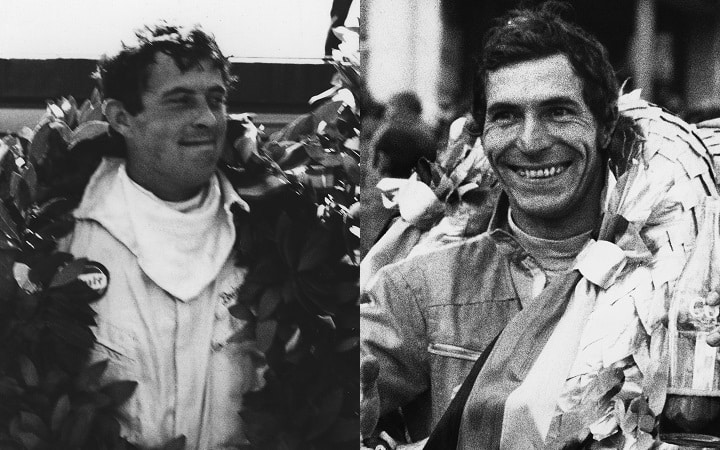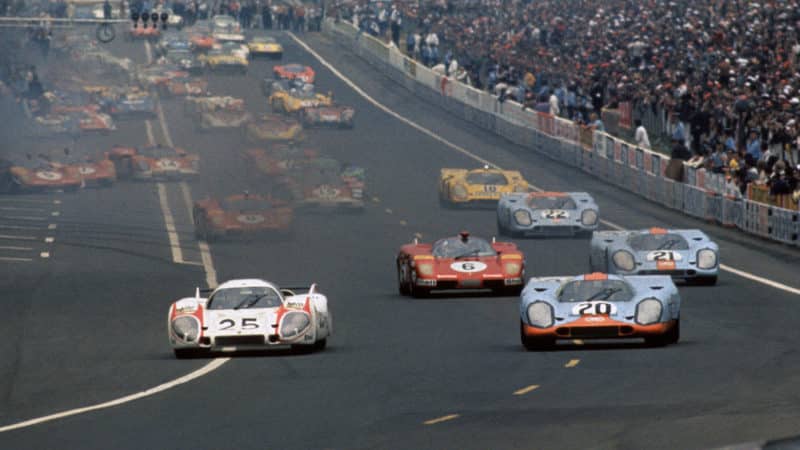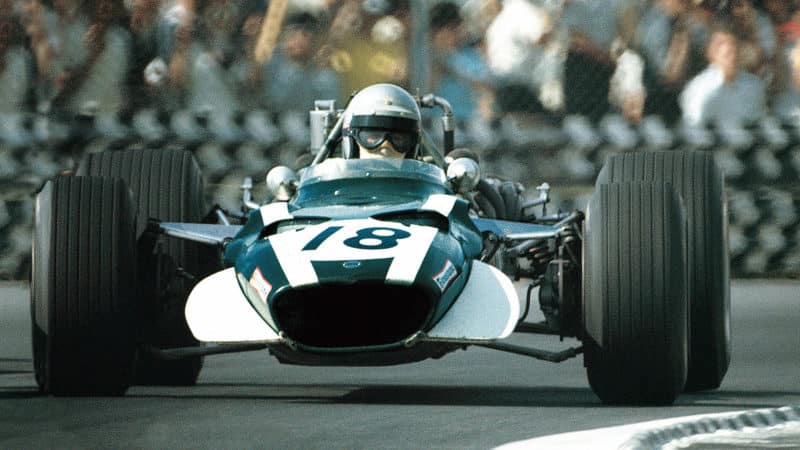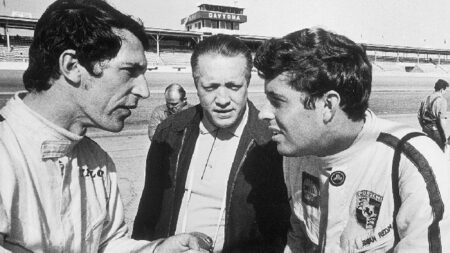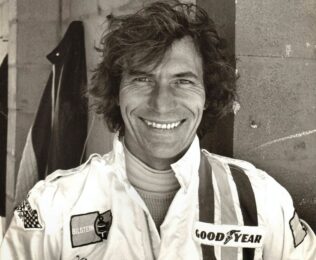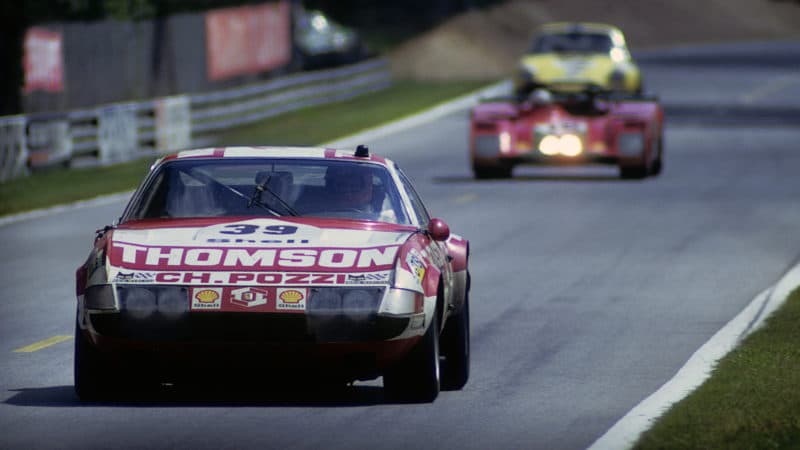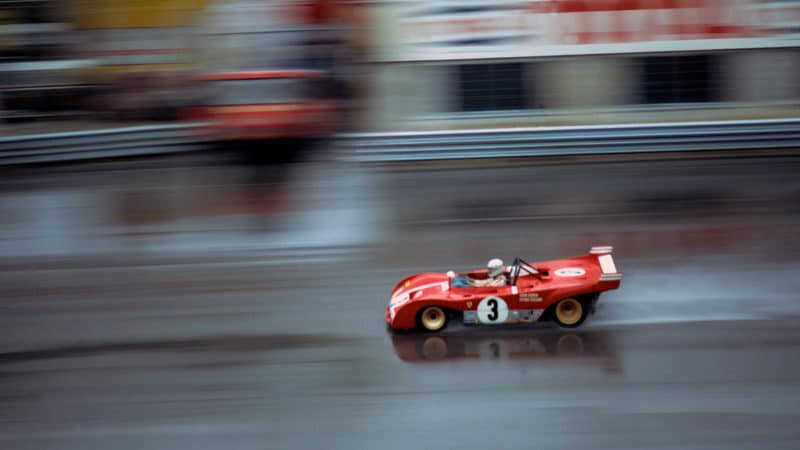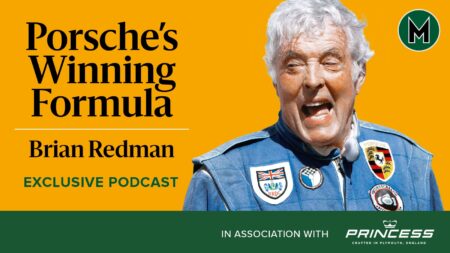“I told him I had to be at the [1969] Daytona 24 Hours in six weeks. So he stayed to try an experimental procedure. He opened my arm from elbow to wrist, cleaned the broken ends that weren’t healing and took bone from my hip and glued it in place.
“He didn’t put it in plaster – it was in a sling instead – and told me not to use it until I had to.
“Driving at almost 200mph on the banking with one hand wasn’t great. But I didn’t tell anyone. It was my first drive for Porsche. I think Vic must have asked for me.”
Elford: “I honestly don’t remember, but it’s quite possible. I was always unselfish. If I thought Brian merited it, and that it would be good to have him in the car with me, I probably did.”
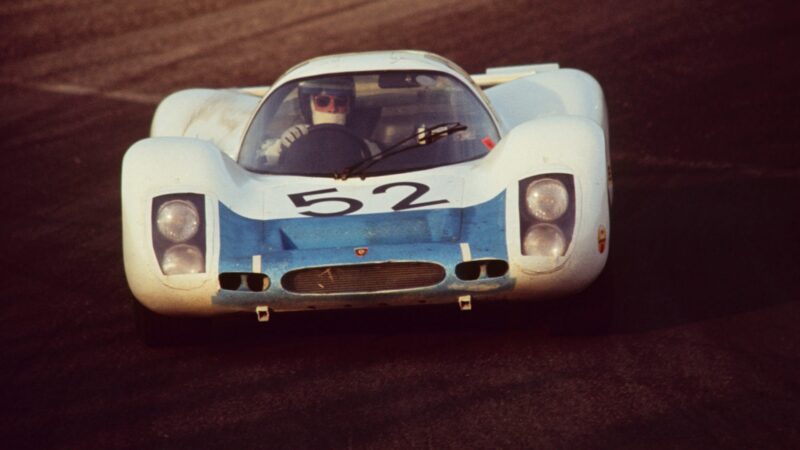
Redman drove his and Elford’s Porsche 908 one-handed at Daytona in ’69
The Enthusiast Network via Getty Images
They retired because of the same engine problem that sidelined all five works 908s – and were promptly split up. They would share a car only once more: a 917 at Brands Hatch in 1971. They retired again, this time because of a fire.
Redman: “Rico Steinemann, our team manager, asked me after Daytona if I would rather be number two to Jo Siffert or a number one and choose my own co-driver. Given the choice of anyone I probably would have chosen Vic.
“But I knew that Jo and I would probably win more races. I also knew that I would get none of the accolades. And that’s exactly what happened: we won five of 10 races in 1969.
“It was the right decision at the time.”
Elford: “I found it a little odd, yeah.
“Jo and I had been the first to be offered a year’s factory contract. We drove together at the 1968 Nürburgring 1000km, perhaps because the 908 coupé was new, and won. Immediately after that Porsche put us in different cars. We never discussed it being any other way.
“As a racing driver you want to win, but you want to be the best, too. I didn’t mind who was driving with or against me. You don’t want to be second to anybody.
“But Brian and I got on well, as far as I know.”
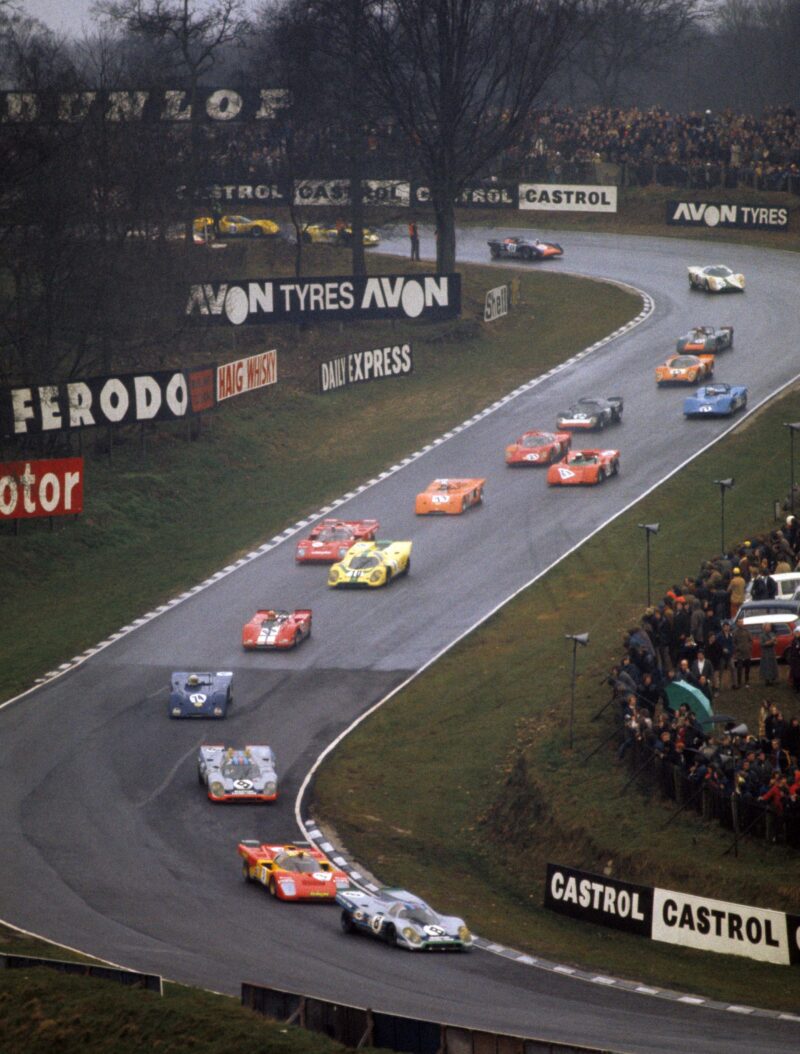
No08 Porsche 917 K of Elford and Redman leads at Brands Hatch in ’71 — their last race as team-mates
DPPI
Redman: “We are more friendly now, and have been for the past 10-15 years, than we were in our racing days.
“In that era it was better not to become too friendly with the other drivers, because of the dangers. Even Jo, with whom I drove for two years and had a great relationship, wasn’t a bosom friend. If you got too close… how could you carry on?”
Elford: “I don’t know whether we all did it on purpose or whether it was subconscious, but I think that’s true.
“It’s also true to say that, although I’m not anti-social – I enjoy being with people I like, meeting old friends – I don’t need to be surrounded by people to be perfectly normal and happy with what I’m doing.
